FOCAL TALKS
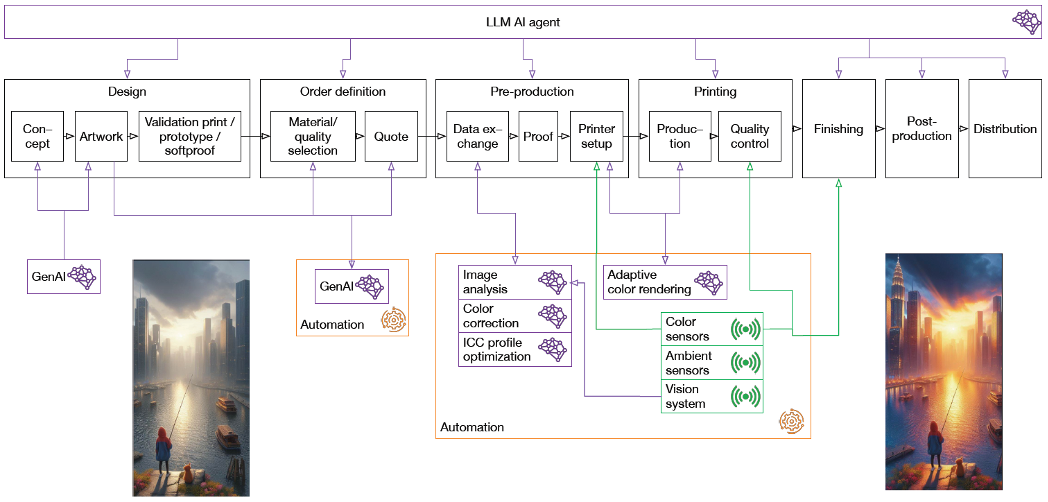 Sustainable and unattended print color control, Ján Morovič, HP Inc. (Spain)
Sustainable and unattended print color control, Ján Morovič, HP Inc. (Spain)
Abstract: The Graphic Arts industry is facing unprecedented challenges in the form of a demanding economic climate, the growing need to improve sustainability of operation and a deepening skills shortage. When it comes to delivering on the color expectations of print buyers, both in terms of color matching and color consistency, Print Service Providers (PSPs) currently rely on expert staff performing a variety of make-ready processes that require in-depth knowledge, time, and attention and that also involve the use of printing materials. As a result, such color-related setup is often a bottleneck in the end-to-end production process and results in unnecessary use of materials when performed excessively or when jobs need to be re-printed due to color issues. In the present paper an overview will be provided of technologies that can be employed to improve the sustainability and unattendedness of delivering on customer color expectations. This can be achieved by using color and environmental sensors to monitor the state of the of the printing system and its surroundings, by automating operator tasks and therefore avoiding the need for intervention and attention, and by applying the latest AI technologies. These can be used to optimize system efficiency and output quality, and allow for not non-expert operators to interact with the printing system using natural language.
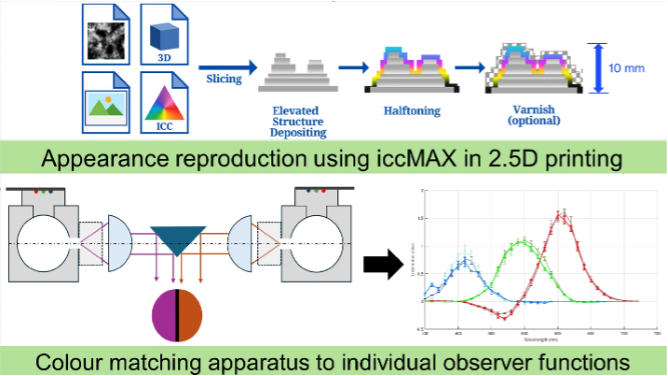 Appearance reproduction and Individual observer profiles in colour management pipelines, Tanzima Habib, Norwegian University of Science and Technology (Norway)
Appearance reproduction and Individual observer profiles in colour management pipelines, Tanzima Habib, Norwegian University of Science and Technology (Norway)
Abstract: The Bidirectional Reflection Distribution Function (BRDF) plays a crucial role in measuring colour along with gloss and surface geometry. This presentation will explore a practical approach for reproducing the appearance of 3D printed surfaces in 2.5D printing, accommodating any slope angle and colour within a colour-managed workflow for soft proofing. To address the colour variations caused by changes in surface slope, we developed a BRDF interpolation algorithm. This algorithm adjusts the tristimulus values of a flat target to predict the corresponding colours on sloped surfaces. The interpolated BRDF workflow then uses these adjusted colours to accurately predict the colour parameters for each pixel based on its slope. Finally, we will illustrate how the slope colour adjustment method, interpolated BRDF parameters algorithm, and BRDF model encoded profiles using iccMAX are integrated into a comprehensive appearance reproduction framework for 2.5D printing. Further, we will discuss the importance of individual observer functions which are measured by our custom built colour matching apparatus and use of these functions in ICC profiles for softproofing.
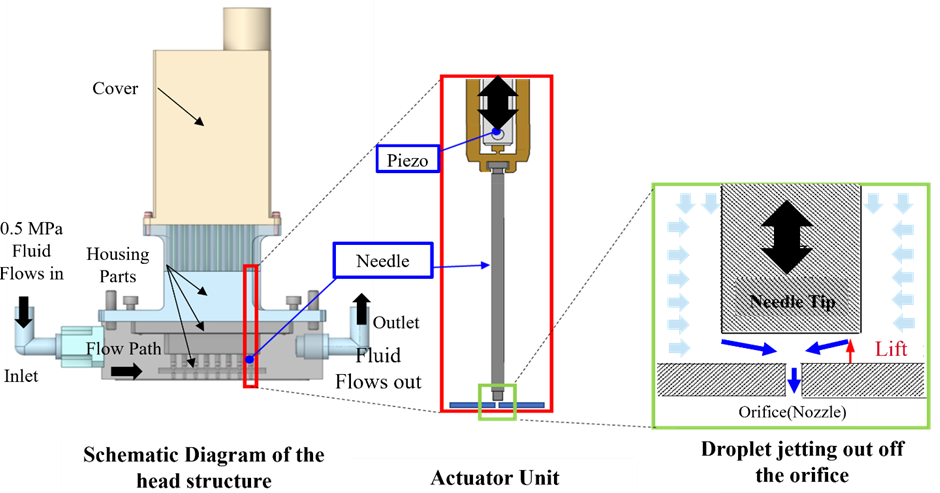 SDGs Initiative by Ricoh inkjet technology research and development, Yoshihisa “Josh” Ohta, Ricoh Company, Ltd. (Japan)
SDGs Initiative by Ricoh inkjet technology research and development, Yoshihisa “Josh” Ohta, Ricoh Company, Ltd. (Japan)
Abstract: The Ricoh Group aims to protect the environment while generating profits through environmental management, reducing their eco-footprint, and enhancing the Earth’s regenerative capabilities. Their goals focus on achieving carbon neutrality and a circular economy by 2030 and 2050.
Ricoh's inkjet technology, initially for office printing, has expanded to various commercial and industrial applications, including food, clothing, and housing. They developed the GELART JET head, capable of delivering high-viscosity ink over long distances with precision, allowing printing on uneven and curved surfaces. This technology facilitates the transition from "analog painting" to "digital painting."
Ricoh plans to further develop this technology into a new Jetting system that utilizes functional materials, contributing to a sustainable society and the Sustainable Development Goals (SDGs). In this session, they will discuss the features of their next-generation printhead and its application in "Functional Material Jetting," showcasing initiatives that reduce environmental pollution, waste, and energy consumption while improving quality of life.
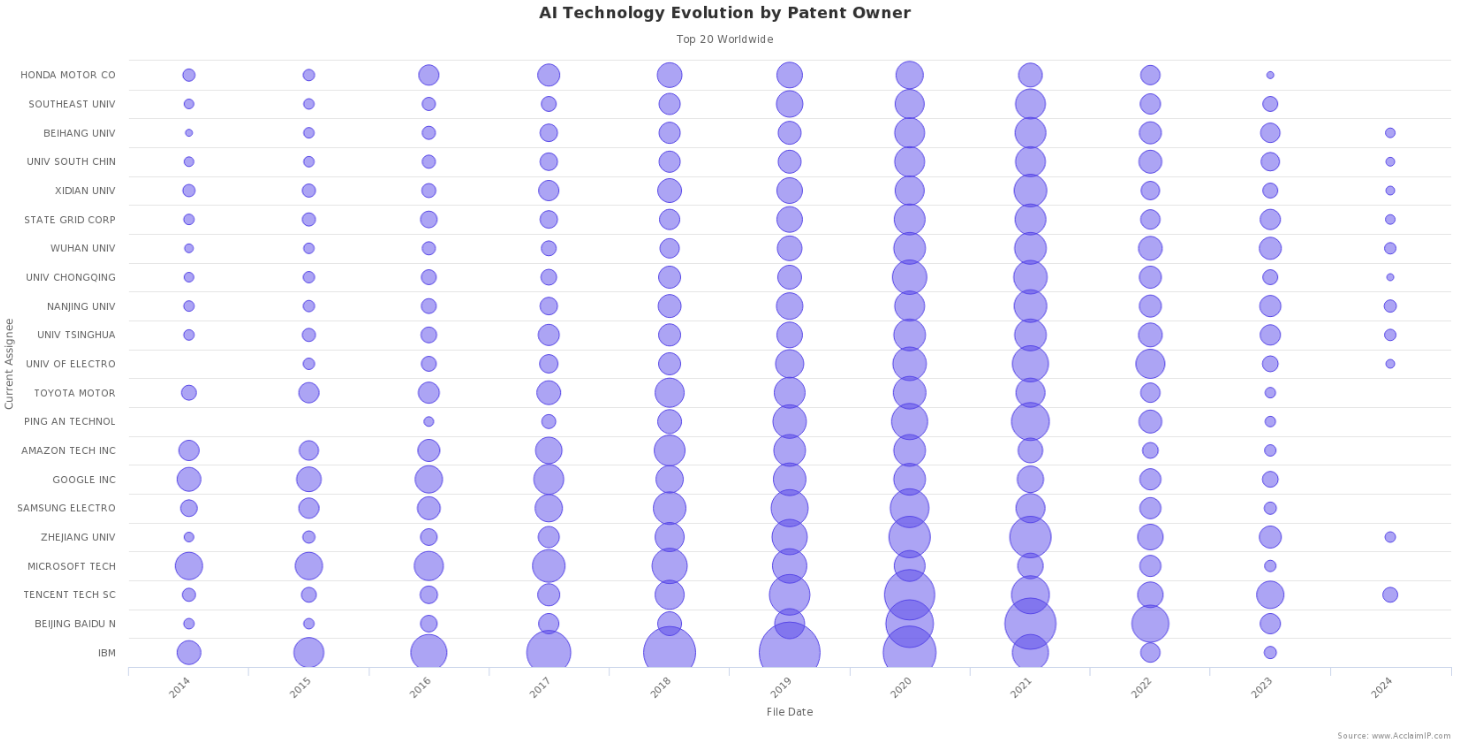 Fact-based study on AI patent trends and impact on printing technology, Chen Zhehong, Global Legal, HP Inc. (US)
Fact-based study on AI patent trends and impact on printing technology, Chen Zhehong, Global Legal, HP Inc. (US)
Abstract: In recent years, artificial intelligence (AI) has been attracting tremendous attention in various fields, and AI-related technology trends are becoming more active than ever before. This study focuses on investigation and analysis on AI-related patent trends, as reflections of AI-related technology trends, from multiple perspectives such as by region, by component technology, and by industry. Relevance and impact of AI-related patent trends to the printing technologies related patent trends are also investigated and analyzed.
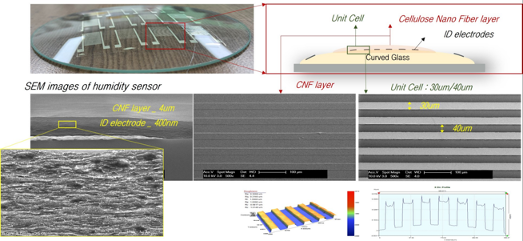 Fully-printed curved cellulose nanofiber-Ag nanoparticle composite for high-sensitivity, Dong-Soo Kim, Hanbat National University (Republic of Korea)
Fully-printed curved cellulose nanofiber-Ag nanoparticle composite for high-sensitivity, Dong-Soo Kim, Hanbat National University (Republic of Korea)
Abstract: This study presents the development of a high-performance, fully printed flexible humidity sensor for next-generation wearable electronics, utilizing a Cellulose Nanofiber–Silver Nanoparticles (CNF-AgNPs) composite. The CNF-AgNPs composite, synthesized by formulating an ink with uniformly dispersed Ag particles derived from CNF reduction, serves as the sensing material. Interdigitated electrodes (IDEs) are fabricated with precision using reverse offset printing. The CNF-AgNPs sensing layer is deposited via inkjet printing onto the printed IDE. The synthesized CNF-AgNPs composite is characterized using XRD, UV-visible spectroscopy, FE-SEM, EDAX), and TEM. The effects of electrode spacing, response times, and recovery times are thoroughly investigated. Compared to conventional CNF sensors, the CNF-AgNPs composite sensor demonstrates superior performance across a relative humidity (RH) range of 10% to 90%. This CNF-AgNPs composite enables the creation of fast-responding, highly sensitive, and reproducible humidity sensors, highlighting its potential for diverse applications in humidity measurement.
 Super thin surface roller with microstructure by additive manufacturing, Masaru Sakuma, Spin corporation (Japan)
Super thin surface roller with microstructure by additive manufacturing, Masaru Sakuma, Spin corporation (Japan)
Abstract: Whether the substrate is film or paper, and the transport method is R2R or CS2CS, controlling the transported web or sheet has been extremely difficult up until now. In particular, the accuracy of the head gap distance between the substrate and the print head in Inkjet Printing, the misalignment in the width direction, and the maintenance of the shape of the transported substrate, such as expansion and contraction, have become more of a challenge as the speed increases.
The suction belt, made of highly flat and precise dimensions of stainless steel material, solves the following problems:
- Pulling due to tension
Vibration, undulation
- Meandering in the width direction, lateral shift
- Expansion and contraction in the flow direction
- Fraying, rust, and deformation
The suction belts maintain the shape of the substrate during transport even at high speeds such as 100m/min, and can contribute to processes such as printing, inspection, and drying processes.